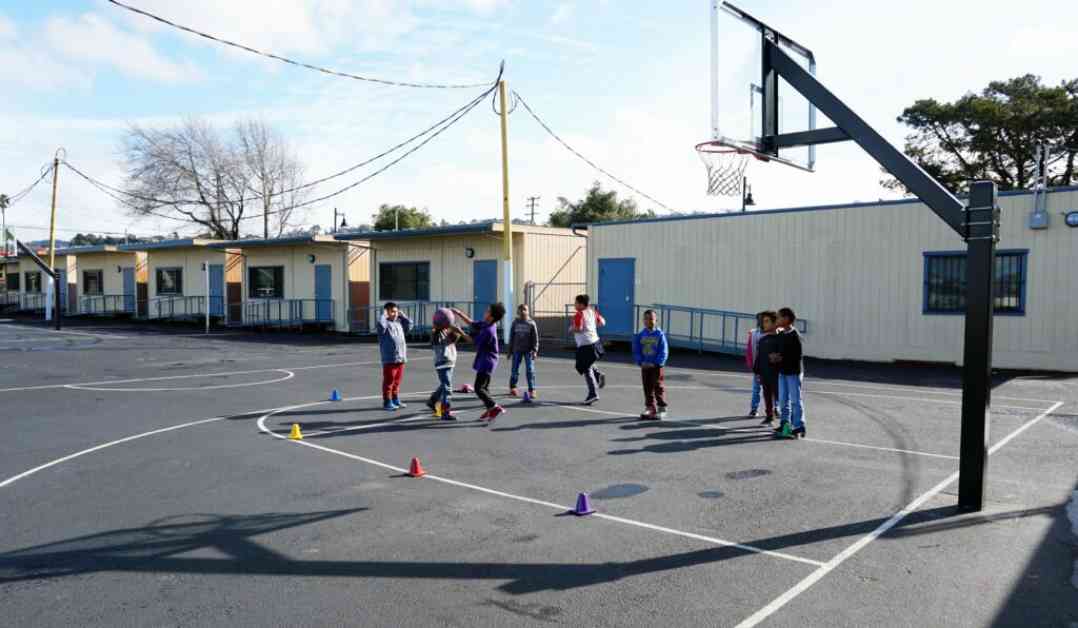This year, more than a quarter of school districts are seeking approval from local voters for a total of $39 billion in school construction bonds on the November 5 ballot. These districts hope to secure a portion of the $10 billion in matching state funding proposed by Governor Gavin Newsom and the Legislature through Proposition 2.
The need for improved school facilities is significant and continues to grow, despite a projected decline in overall state enrollment over the next two decades. Many decades-old portable classrooms are deteriorating, air conditioners are failing, and buildings lack basic amenities like proper roofing, plumbing, and wiring. Additionally, concerns about campus security and the lack of space for new programs like transitional kindergarten classes add to the urgency for infrastructure upgrades.
School districts vary in their priorities and financial capacities, with those in areas with higher property values having more resources to invest in infrastructure improvements compared to property-poor districts. Furthermore, the defeat of Proposition 13 in 2020 and the impact of the pandemic have made districts more cautious about seeking bond approvals, leading to a backlog of necessary projects.
The proposed $10 billion state bond under Proposition 2 aims to address some of these pressing needs by clearing out unfunded projects and replenishing the state-building fund. However, with competing measures on the ballot, it’s essential for voters to understand the implications of Proposition 2 and how it aligns with the broader challenges facing California’s public school facilities.
In addition to the $10 billion state bond, local school districts have collectively put forward $39.3 billion in bond proposals, with community colleges seeking $10.6 billion in funding. It’s important to note that school construction and repair costs are primarily funded through local bonds supported by property taxes, with the state contributing a smaller portion in recent years.
Passing a local bond requires a 55% approval rate, and historically, voters have shown strong support for such measures. However, the distribution of state funding for construction projects has favored property-wealthy districts, raising concerns about equity in access to resources for infrastructure improvements.
Proposition 2 introduces new provisions to address some of these disparities, including allocating funds for small districts, expanding financial hardship assistance, and providing a higher state match for districts with high proportions of low-income students. These measures aim to level the playing field and ensure that all districts have the opportunity to address critical infrastructure needs.
In the event that Proposition 2 is defeated, the consequences could be significant, leading to a further backlog of unfunded projects and potentially higher costs in the future. As voters weigh their decision on Proposition 2, they must consider the long-term impact on California’s public school facilities and the importance of investing in safe, modern learning environments for students across the state.
